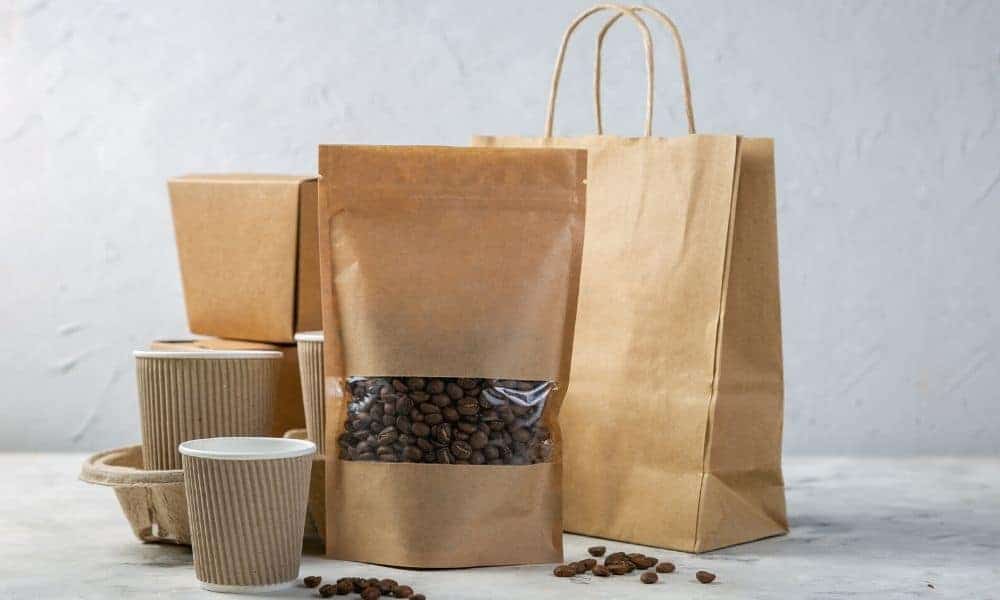The Evolution and Importance of Rigid Boxes
In today's fast-paced world of consumerism, packaging plays a crucial role in not only protecting products but also in attracting consumers. Among various packaging options, rigid boxes have established themselves as a preferred choice for many industries, particularly in the luxury and high-end market segments. This article aims to explore the evolution, advantages, and significance of rigid boxes in modern packaging.
What Are Rigid Boxes?
Rigid boxes, often referred to as set-up boxes, are made from thick paperboard and provide structural integrity that offers superior protection to the contents inside. Unlike flexible packaging options such as corrugated cartons or plastic wraps, rigid boxes maintain a fixed shape, which provides an elegant appearance and a higher perceived value. They come in various designs, sizes, and finishes, allowing companies to customize them to fit their branding while ensuring the items within are protected.
The Evolution of Rigid Boxes
The use of rigid boxes can be traced back to the packaging practices of the early 20th century. Initially, these boxes were seen predominantly in luxury markets, serving as packaging for high-end products such as perfumes, jewelry, and electronics. Companies utilized them not only for protection but also as a means to elevate product presentation and enhance brand prestige.
As global markets expanded and competition intensified, rigid boxes found their way into various other industries, including food, cosmetics, and pharmaceuticals
. The introduction of advanced manufacturing techniques and materials has enabled brands to enhance the visual appeal of rigid boxes while ensuring functional durability.Modern rigid boxes benefit from innovations like eco-friendly materials, intricate printing techniques, and advanced design concepts, paving the way for a resurgence of their popularity. Companies now leverage technological advancements like 3D printing and augmented reality to create interactive and visually stunning packaging experiences.
Advantages of Rigid Boxes
rigid boxes

1. Durability and Protection One of the primary advantages of rigid boxes is their sturdiness. Their thick structure offers excellent protection against damage during transportation, storage, and handling, ensuring that products arrive in pristine condition.
2. Branding Potential Rigid boxes provide an excellent canvas for branding. With options for foil stamping, embossing, and vibrant printing, businesses can create eye-catching designs that resonate with target audiences. A well-designed box can significantly enhance brand recognition and influence consumer purchasing decisions.
3. Luxury Appeal The tactile quality and aesthetic appeal of rigid boxes position them as the packaging of choice for luxury brands. The unboxing experience plays a pivotal role in how consumers perceive a brand, and a solid, beautifully crafted box can leave a lasting impression.
4. Reusability Unlike many forms of disposable packaging, rigid boxes can serve multiple purposes post-purchase. Consumers often repurpose them for storage or gifting, thereby extending the lifecycle of the packaging and promoting sustainability.
5. Customization Rigid boxes are highly customizable in shape, size, and design. This versatility allows brands to create unique packaging solutions that cater to their specific product needs and target demographics.
The Significance of Rigid Boxes in Sustainability
As consumers become increasingly eco-conscious, the packaging industry is adapting to meet sustainability goals. Rigid boxes are leading the charge with options made from recycled and biodegradable materials. Brands that prioritize sustainable practices are more likely to attract environmentally aware consumers, thus enhancing brand loyalty and trust.
Conclusion
Rigid boxes have evolved significantly over the years, transitioning from a luxury packaging solution to a versatile choice that spans multiple industries. Their durability, customization options, and sustainable potential make them a valuable asset for businesses looking to enhance their product presentation and protect their goods. As packaging continues to be an essential aspect of marketing and consumer experience, the importance of rigid boxes in shaping brand identity remains undeniable. Investing in high-quality packaging not only facilitates product protection but also plays a significant role in building lasting relationships with consumers.



